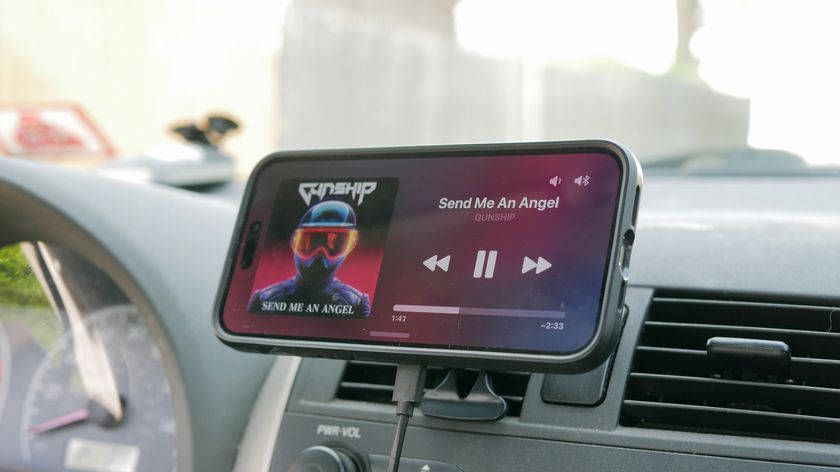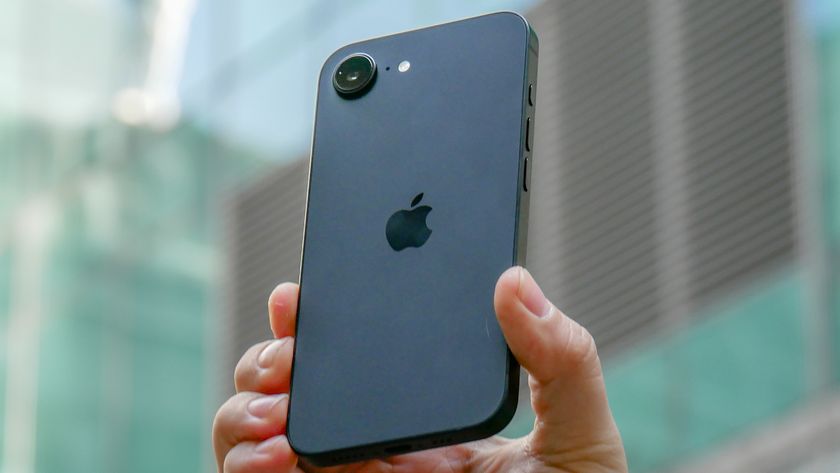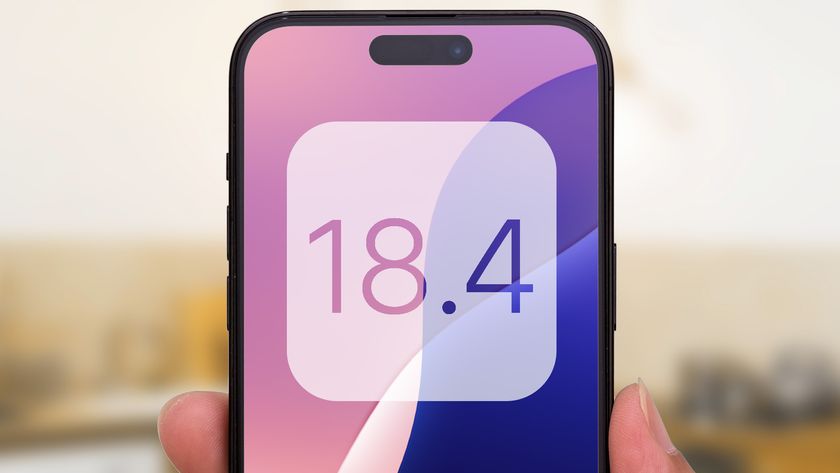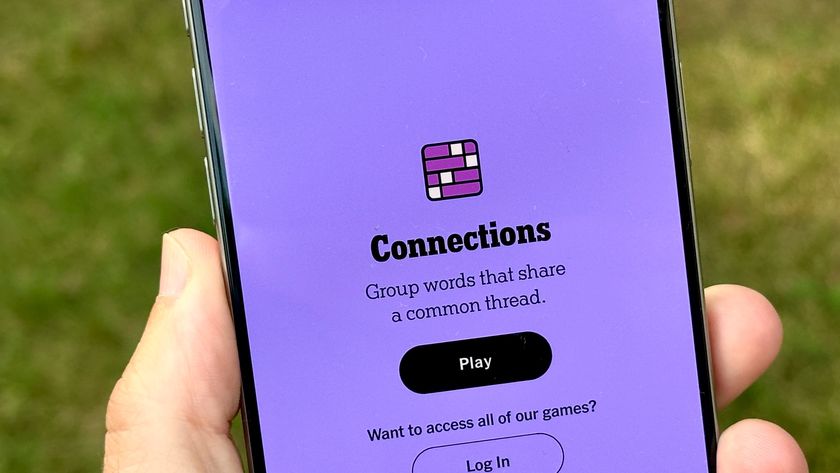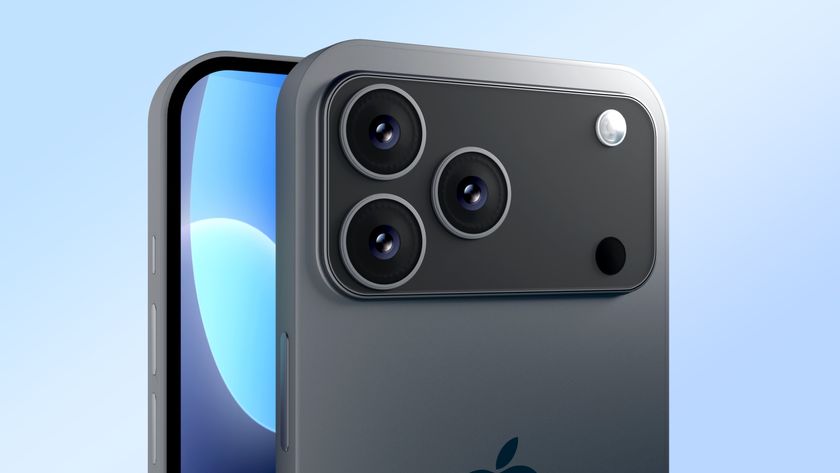The OnePlus 5T Is Nearly As Good as the Galaxy S9 (for $200 Less)
The OnePlus 5T is one of the best values among flagship phones, but Samsung's hot new Galaxy S9 is now the Android device to beat. To see how the S9 and 5T compare, we put them in a head-to-head face-off.
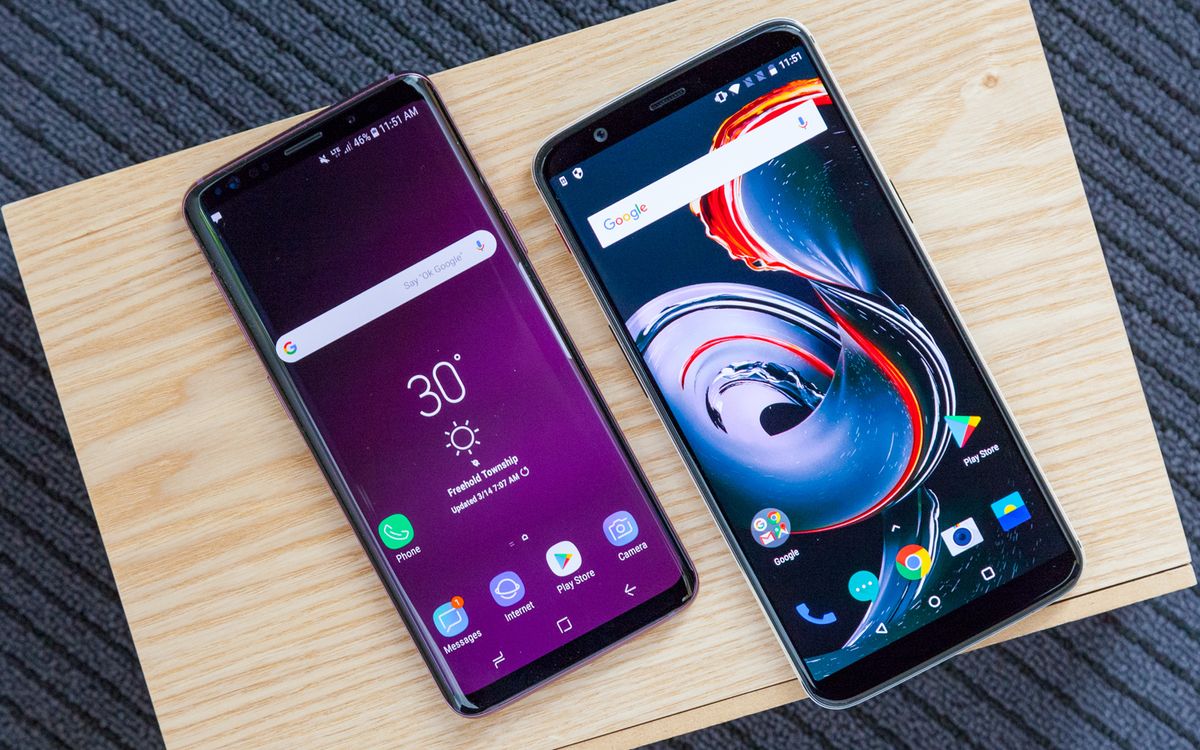
Samsung's Galaxy S9 has captivated us with its impressive new camera, slow-motion video capabilities and snappy performance thanks to Qualcomm's latest Snapdragon 845 chip. But the OnePlus 5T is a flagship Android phone that packs a lot of great features for $200 less than Samsung's handset.
The fastest and flashiest phones sure seem to be getting pricier, but there's been a lot of progress in the midrange space, too. Phones like the OnePlus 5T provide great performance for a lower price. That got us wondering: Exactly how much do you sacrifice by going with the 5T instead of Samsung's latest and greatest hardware? We put both phones to the test to find out.
Specs
| Row 0 - Cell 0 | Samsung Galaxy S9 | OnePlus 5T |
| Price | $719 | $499/$549 |
| OS | Android 8.0 Nougat with Samsung Experience 9.0 | Android 8.0 Oreo with OxygenOS |
| Screen Size, Resolution | 5.8 inches, 2960 x 1440, Super AMOLED | 6 inches, 2160 x 1080, AMOLED |
| CPU | Qualcomm Snapdragon 845 | Qualcomm Snapdragon 835 |
| RAM | 4GB | 6GB/8GB |
| Storage | 64GB | 64GB/128GB |
| microSD Slot | Yes | No |
| Rear Camera | 12 MP (Dual Aperture f/2.4 or f/1.5) | Dual 16 MP (f/1.7) and 20 MP (f/1.7) |
| Front Camera | 8 MP (f/1.7) | 16 MP (f/2.0) |
| Battery Life (Hrs:Mins) | 9:12 | 11:03 |
| Water Resistance | IP68 | No |
| Size | 5.9 x 2.7 x 0.3 inches | 6.1 x 2.9 x 0.3 inches |
| Weight | 5.7 ounces | 5.7 ounces |
Design
With the 5.8-inch Galaxy S9, Samsung didn't change a whole lot from its last flagship, but we take no issue with that. The Galaxy S8 was a fantastic-looking phone, with its curved Infinity Display, that pushed other smartphone makers (including OnePlus) toward 18:9 screens. The same panel returns again in the Galaxy S9 and absolutely dominates the body of the device, keeping the bezels down to a minimum while maximizing that screen real estate.
The Infinity Display doesn't just look stunning — it helps those who prefer smaller phones, or perhaps have smaller hands, use the Galaxy S9 more easily. The S9's rounded edges also make the phone less cumbersome to quickly flip around as you're holding it.
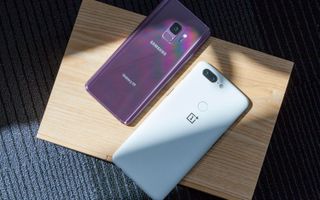
One notable difference between the S8's and S9's designs involves the fingerprint sensor, which is below the camera stack on the S9. We didn't appreciate the location of the S8's scanner, which was shoehorned to the right of the rear camera. That made it way too easy to smudge the lens every time you tried to unlock the phone. So this new location looks and feels much more natural.
Comparatively speaking, the OnePlus 5T is a fine-looking device that weighs about the same as the Galaxy S9, but it carves a larger footprint with its 6-inch screen. While the S9 sandwiches its metal frame between two slabs of glass, the OnePlus 5T employs aluminum on its backside, which looks and feels sturdier but prevents the phone from charging wirelessly.
There's no doubting the OnePlus 5T's build quality and the value of its little touches, like the knurled notifications switch on the top-left edge. We also liked the texture on the back of the pricier Sandstone White model, which had a limited release last fall. Still, the 5T is simply a less-remarkable-looking device overall — one you could easily confuse with almost any Android handset.
Sign up to get the BEST of Tom's Guide direct to your inbox.
Get instant access to breaking news, the hottest reviews, great deals and helpful tips.
Winner: Samsung Galaxy S9
Display
Both the Galaxy S9 and the OnePlus 5T utilize AMOLED displays produced by Samsung. However, the S9 benefits from Samsung's latest-generation tech, which means its 5.8-inch 2960 x 1440 panel is a bit brighter, and has slightly more accurate colors, than the OnePlus 5T's 6-inch 2160 x 1080 screen.
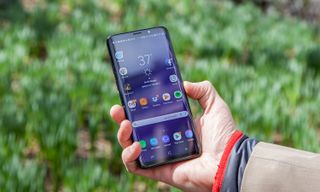
The Galaxy S9 generated a peak full-screen brightness of 603 nits while in Adaptive mode with auto-brightness turned on. The OnePlus 5T topped out at 394 nits.
The S9 display's combination of smaller size and higher resolution also makes it much more pixel-dense — 570 pixels per inch versus 401 pixels per inch in the OnePlus 5T. This means you're less likely to notice individual pixels when using the Galaxy S9, which really enhances the appearance of videos, games and text in apps and websites.
MORE: Galaxy S9 vs. Galaxy S8: Upgrade or Stay Put?
The OnePlus 5T's panel is a solid screen for such an inexpensive device, but it's not the best the market has to offer. Toss in the S9's various display profiles, which allow you to tune the colors to your preference, and Samsung's phone really comes out on top as the finest smartphone screen money can buy.
Winner: Samsung Galaxy S9
Camera
The Galaxy S9 uses an all-new 12-megapixel Super Speed Dual Pixel image sensor with embedded DRAM for faster autofocus and the ability to capture slow-motion video at 960 frames per second, which is better than most phones. By comparison, the OnePlus 5T tops out at just 240 fps for video.

The 5T has a dual-lens setup around the back, combining a 16-megapixel main shooter with a 20-MP secondary lens. Through this arrangement, the 5T can achieve shallow-depth-of-field portraits. Samsung's more expensive 6.2-inch Galaxy S9+ can pull off similar tricks because it's also fitted with two lenses, while the cheaper S9 makes do with a limited version of that feature called Selective Focus. But more on that later.
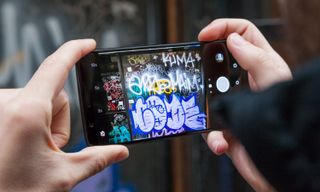
The Galaxy S9 got off to a strong start in our comparisons with its performance in this indoor, low-light scene. The S9's camera can automatically adjust between an aperture of f/1.5 and f/2.4 depending on what the setting calls for, and in this case, it employed the wider aperture to pull in enough light to capture finer details that the OnePlus 5T missed.
Though the S9's primary camera is rated 4 megapixels less than the 5T's, it still produced a crisper overall image, as evidenced in the text on the old-fashioned timer and the bead string for the blinds hanging in the background. The S9 also preserved more detail in the texture of the windowsill and the clay pot.
The S9 won outdoors, too, with a much brighter exposure of a cool, cloudy day in Bryant Park. Notice how the lighter portions of the frame in the S9's rendition really enhance the overall contrast. The shadows on the ground, as well as the trees stretching from the foreground into the distance, seem darker and more noticeable.
Interestingly, the OnePlus 5T turned the tables when it came time to tighten up the shot. The 5T can't actually manage 2x optical zoom despite its two lenses. However, OnePlus has given its phone an enhanced digital zoom of sorts as a next-best alternative, and it produced sharper results than the Galaxy S9's shooter under the same circumstances.
As a final test, I turned the cameras on my colleague Jorge to see how each handset handled portraits. For the OnePlus 5T, I used the phone's Portrait Mode, which separates the subject from the background and applies a bokeh effect over everything behind.
The S9 can't do Live Focus mode, which is Samsung's version of that feature in the Galaxy S9+ and Note 8. However, it does have something called Selective Focus, which takes three separate exposures and then uses software to blend them together. Then, it lets you choose among blurring the background, blurring the foreground and applying no bokeh whatsoever. It doesn't operate on a sliding scale like Live Focus mode, and the blurring is very imprecise compared with the effects on other devices. In this comparison, we've left it off.
Comparing the results from both phones, I prefer the way Samsung's flagship picked up on details like Jorge's hair, as well as how it resolved the light falling on the side of his face. The 5T couldn't distinguish those highlights as well or produce as much visibility in the shadows. However, the 5T's version of the photo was markedly less washed-out than the S9's attempt.
Make no mistake: The OnePlus 5T offers a good pair of lenses for the money. However, the Galaxy S9 features one of the finest cameras you'll find in any smartphone, with slow-motion capabilities OnePlus can't match. For that, Samsung lunges ahead.
Winner: Samsung Galaxy S9
Performance
Soon, the majority of Android flagships, including OnePlus' next-generation handset, will come equipped with Qualcomm's Snapdragon 845 chip. Until then, the Galaxy S9 and S9+ have the processor all to themselves, while the OnePlus 5T makes do with the company's previous top-of-the-line processor, the Snapdragon 835.
Performance differences between the 845 and the 835 are slight but noticeable when using a device to the fullest extent of its capabilities. Qualcomm says the Kryo 385 CPU in the 845 is up to 20 percent faster than its predecessor depending on the application and that the chipset overall is 30 percent more efficient.
MORE: Best Smartphones on the Market Now
The touted benefits bore out when we ran both phones in the Geekbench 4 benchmark, which measures overall performance. The Galaxy S9 delivered a score of 7,276, compared with 6,674 for the OnePlus 5T we tested, which came with 8GB instead of the standard 6GB. By comparison, the Galaxy S9 has just 4GB of RAM, though the increased power of the 845 makes up for that difference.
The Galaxy S9 edged out the OnePlus 5T graphically as well, with Samsung's phone turning in a score of 4,623 in 3DMark's Sling Shot Extreme graphics test, compared with the OnePlus 5T's result of 3,761.
Winner: Samsung Galaxy S9
Software and Special Features
The Galaxy S9 may be running Android Oreo, but the version on Samsung's newest smartphone is no longer the most recent Android release out there. The S9 features Android 8.0 with Samsung Experience UI 9.0 laid over it. Meanwhile, OnePlus has already distributed betas of Android 8.1 featuring its own OxygenOS skin, which offers a look and feel similar to stock Android with a couple of extra features.

Android purists might prefer the stripped-down nature of OxygenOS to Samsung Experience, though the Galaxy S9 features some extra capabilities you won't find on competing handsets. For one, Samsung's digital assistant, Bixby, has picked up a few new tricks in time for Samsung's new phone, like the ability to translate text through the camera or even let users try on makeup through augmented reality and a partnership with Sephora.
Other neat Samsung tweaks include App Pair, which allows you to launch two apps at the same time in preset combinations you determine, and Apps Edge, which returns from the Galaxy S8 and Note 8 and provides shortcuts that can easily be accessed with a swipe inward.
The OnePlus 5T doesn't have Bixby, but it does have Google Assistant. And now that Google Lens is making its way to the Google Photos app that's available for all Android phones, the OnePlus 5T can identify landmarks and contextual cues through its camera in much the same way Bixby can.
The OnePlus 5T also comes with Reading Mode, a display setting that turns on-screen content to gray-scale so it's easier to read, as well as App Locker, which lets you lock certain apps behind a password.
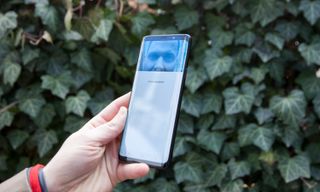
Both phones feature a version of face unlock, though neither is secure enough to be used for mobile payments like Face ID on the iPhone X. The Galaxy S9's implementation is called Intelligent Scan and uses a combination of iris scanning and two-dimensional facial recognition. When one method does not work (perhaps due to poor lighting conditions), Intelligent Scan defaults to the other — which technically makes it less secure than OnePlus' technique, which simply relies on facial data alone.
Ultimately, OnePlus' faster Android updates and more streamlined interface design help it edge out Samsung's latest phone in this round.
Winner: OnePlus 5T
Battery and Charging
Rated at 3,000 mAh, the Galaxy S9's battery is no larger than the one inside its predecessor. The OnePlus 5T carries a slightly larger battery, at 3,300 mAh, that is closer to the 3,500-mAh unit inside the 6.2-inch Galaxy S9+.
MORE: Smartphones with the Longest Battery Life
The OnePlus 5T lasted 11 hours and 22 minutes on the Tom's Guide Battery Test, which consists of endless streaming of web pages over T-Mobile LTE. It also is the fastest-charging phone we've tested to date, reaching 59 percent in a half-hour when connected to OnePlus' stock Dash Charge adapter, and hitting 93 percent after a full hour. We are currently conducting the same test with the Galaxy S9 and will update this piece with the results.

We expected the Galaxy S9 to outlast its predecessor, which turned in a time of 10 hours and 39 minutes, thanks to the newer phone's more efficient 845 chip. However, our unit called it quits after only 9 hours and 12 minutes, which was more than an hour less than the Galaxy S8's runtime.
Winner: OnePlus 5T
Value and Availability
The Galaxy S9 is sold on all four major U.S. carriers (as well as a few smaller ones, like Boost Mobile, MetroPCS and U.S. Cellular), and you can even buy one directly from Samsung unlocked for $719. On contract, it’s typically pricier: AT&T is charging $790, while Verizon is the most expensive of the post-paid bunch at $800.
That may be considerably more expensive than the OnePlus 5T, which begins at $499 for a 6GB RAM model and goes up to $549 for the 8GB configuration. But it's not nearly as high-priced as some flagships, like Samsung's own Galaxy Note 8 ($950) and Apple's iPhone X ($999). Prospective buyers will also appreciate that many distributors, including Samsung, are currently offering a credit of up to $350 to those who trade in their existing handset, depending on the model.
The OnePlus 5T isn't sold through any carriers, though the company hinted that it was interested in negotiating with them back in January. That means the phone is only available unlocked for GSM networks, so you can take it to supported carriers, like AT&T, T-Mobile, MetroPCS and Cricket Wireless. However, the 5T will not work on networks that operate on the CDMA standard, such as Verizon, Sprint and Boost Mobile.
MORE: The Best Cellphone Plans for Families and Individuals
Ultimately, the OnePlus 5T wins this category for its lower price, which continues to be an absolute bargain for a phone with such impressive specs. However, the Galaxy S9 cuts it closer than you might think, thanks to its wide availability and current promotions, which make it a more reasonable expense.
Winner: OnePlus 5T
Overall Winner: Samsung Galaxy S9
You can't go wrong with either of these phones, and I honestly came away surprised by how well OnePlus' budget flagship held its own against Samsung's state-of-the-art processing power and redesigned camera. If you have just $500 to spend on a phone and want the best value or perhaps a cleaner Android experience, the OnePlus 5T is still your best bet and a fine choice.
| Row 0 - Cell 0 | Samsung Galaxy S9 | OnePlus 5T |
| Design (10) | 9 | 7 |
| Display (15) | 15 | 12 |
| Cameras (20) | 17 | 14 |
| Performance (10) | 9 | 8 |
| Software and Special Features (10) | 7 | 8 |
| Battery and Charging (20) | 14 | 17 |
| Value and Availability (15) | 10 | 13 |
| Overall (100) | 81 | 79 |
However, with the arrival of the Snapdragon 845, OnePlus no longer has the final word in high-performance Android phones. And while the 5T forces you to compromise in some respects, with a design that isn't water-resistant, a screen that is good but not great, and an outdated processor, the Galaxy S9 is as complete a handset as you'll find in 2018.
The S9 covers all the bases, it's widely available on all major carriers and it's still priced fairly — not astronomically high like some of its competitors. There's a reason the Galaxy S namesake has reached a level of ubiquity on a par with the iPhone, and Samsung has shown the world why yet again with the Galaxy S9.
Credit: Shaun Lucas/Tom's Guide
Adam Ismail is a staff writer at Jalopnik and previously worked on Tom's Guide covering smartphones, car tech and gaming. His love for all things mobile began with the original Motorola Droid; since then he’s owned a variety of Android and iOS-powered handsets, refusing to stay loyal to one platform. His work has also appeared on Digital Trends and GTPlanet. When he’s not fiddling with the latest devices, he’s at an indie pop show, recording a podcast or playing Sega Dreamcast.
-
danalfrancey Galaxy has a lot of special features.. seems like there should be a larger difference..Reply
1. Waterproofing
2. 960fps slow motion
3. Samsung Health Sensors
4. MicroSD Card Slot
5. Dual Speakers? (not mentioned here)
6. Poor low light d/t aperture
Probably a lot more I am missing...
